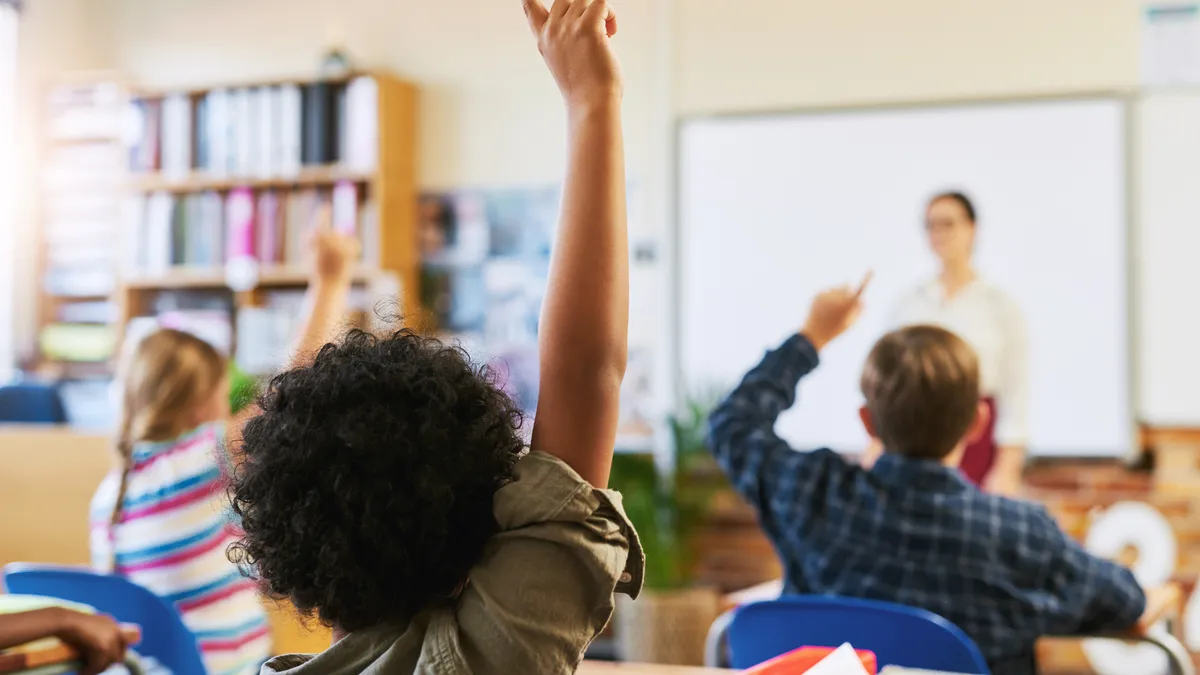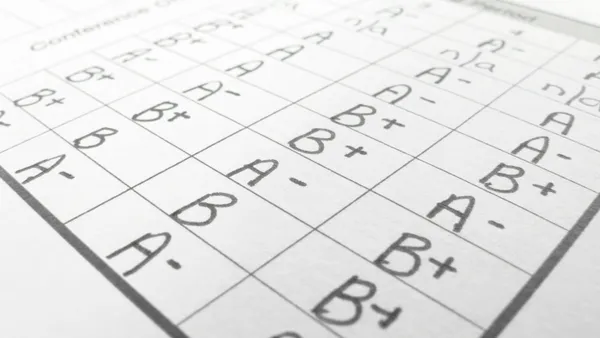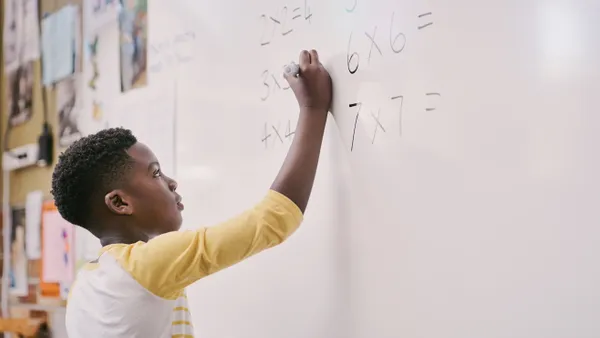Dive Brief:
- Building time into lessons so students can pause, reflect and process what they’re learning is an important curriculum tool.
- There are several strategies educators can employ, said Fabienne Doucet, executive director of the Metropolitan Center for Research on Equity and the Transformation of Schools at New York University’s Steinhardt School of Culture, Education, and Human Development. For example, teachers can use phrases such as “Great question, let’s think about that together,” in addition to encouraging students to collaborate as they work through a lesson.
- “Thinking and processing are not necessarily quiet activities, though,” said Doucet. “Students might benefit from thinking with one another, sharing initial impressions and testing out understandings before being required to respond to a teacher.”
Dive Insight:
Giving students time to absorb and process can help them as they work through the material. This strategy also allows students the space to digest and discover what they’re learning, and to uncover where they may need additional help.
By giving students this time, educators also allow pupils to employ learning strategies that work best for them, from working through a problem alone to collaborating with peers as a group. Teachers may also want to consider giving students the freedom to move around as they work — to stand or take a walk through the hallways of their school. These activities can reinforce executive functioning skills, which remain useful throughout their education or after when they start a career.
“Learning environments that hold space for reflection are great for the development of executive functioning in learners, an important component of universal design for learning, a framework for inclusive teaching that recognizes the many ways different students learn, process information and demonstrate their learning,” said Doucet. “Executive functions, in simple terms, are the tools we use to do things like organize, plan and solve problems.”
For educators, pausing during a lesson also allows a chance to gain “quality formative feedback,” Esteban Bachelet, associate writer of “Educational Leadership” magazine, wrote in a blog post for ASCD. Teachers can also use this time to read how well students are absorbing a lesson and if adjustments are needed.
This “think time, or wait time,” as Bachelet describes it, should be used during and after educators wait for a response. Other students may then feel they have the space to weigh in.
Stephanie Carlson, director of graduate studies at the Institute of Child Development at the University of Minnesota, calls this time, “slow thinking.” She sees it as a curriculum tool that helps students master new information before they feel comfortable enough to move more quickly, whether working through multiplication tables or writing an essay.
It’s also a tool they can apply to other areas of their life beyond the classroom, said Carlson.
“This can help children in the classroom, such as more carefully listening to the instructions on an assignment or test, but also in just about any situation — whether it is resolving a conflict with friends or family members, or mastering their own hobbies,” said Carlson. “Eventually, as ideas or problem-solving procedures become more routine, they can flip from slow to fast thinking.”







 Dive Awards
Dive Awards






